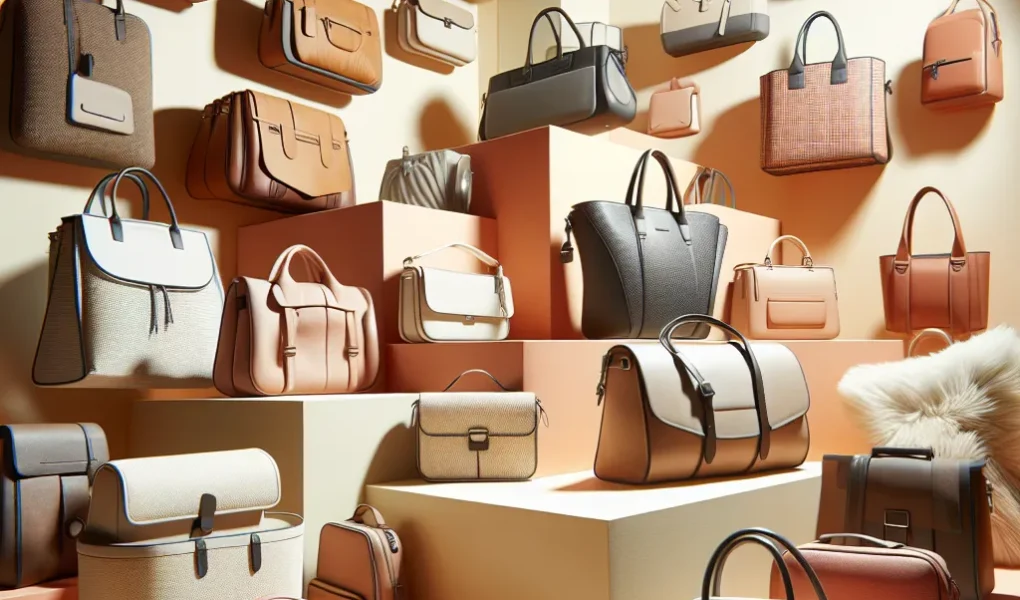The Transformation of Bag Designs: How Functionality Evolved into Fashion
Over the years, bag designs have undergone a remarkable transformation, evolving from purely functional items to iconic fashion statements. The shift in bag designs from being primarily utilitarian to making a bold fashion statement reflects the changing needs and desires of consumers in the modern world. In the past, bags were designed primarily to carry items and serve practical purposes. However, as consumer lifestyles evolved, so did the expectations for bags. The integration of functionality and fashion became increasingly important, leading to the emergence of diverse, stylish bag designs that catered to both form and function.
The evolution of bag designs can be attributed to several factors, including advancements in materials and technology, the influence of popular culture, and the rise of social media. As new materials and manufacturing techniques became available, designers were able to push the boundaries of creativity and experiment with innovative shapes, sizes, and embellishments. Additionally, the impact of celebrities and influencers showcasing unique bag designs on social media platforms further propelled the shift towards bags as fashion statements.
Today, bag designs encompass a wide range of styles, from classic, timeless pieces to avant-garde creations that challenge traditional notions of form and function. Consumers now seek bags that not only serve a practical purpose but also express their individuality and sense of style. As a result, designers continue to push the boundaries of bag designs, blurring the lines between functionality and fashion to create pieces that resonate with the modern consumer.
In conclusion, the transformation of bag designs from functionality to fashion is a compelling reflection of the evolving consumer demands and the dynamic nature of the fashion industry. The fusion of practicality with high fashion has given rise to a diverse and vibrant array of bag designs that have become integral components of personal style and self-expression.
The History of Bag Designs: From Practicality to Style
As we delve into the history of bag designs, it is intriguing to note the evolution from pure practicality to making a bold fashion statement. Bags have been an integral part of human civilization for centuries, serving various functions from carrying essentials to displaying social status. The earliest bags can be traced back to ancient times, where they were primarily made from natural materials such as animal skins, woven grasses, and plant fibers. These early designs focused solely on functionality, with little consideration for aesthetic appeal.
With the passage of time, bag designs began to reflect societal changes and cultural influences. During the industrial revolution, advancements in technology and manufacturing processes allowed for more diverse materials and intricate designs. This shift led to the creation of tailored handbags and luggage, catering to the burgeoning demand for travel and leisure. The practicality of bags remained paramount, but elements of style started to seep into their construction.
The 20th century witnessed a significant turning point in the history of bag designs, as fashion houses and renowned designers started to elevate bags to iconic status. Luxury brands such as Louis Vuitton, Hermes, and Chanel began producing exquisite handbags that captured the essence of high fashion. These designer bags not only served a functional purpose but also became a symbol of wealth and sophistication. It was during this era that bags transitioned from being mere accessories to statement pieces, with intricate detailing and luxurious embellishments becoming the norm.
Fast forward to the present day, and we find that bag designs continue to evolve, blurring the lines between functionality and fashion. From crossbody bags to backpacks, and totes to clutches, the range of styles available is a testament to the ever-changing landscape of fashion. Whether it’s a classic leather satchel or a trendy oversized tote, modern bag designs seamlessly marry practicality with individual style, catering to the diverse needs and tastes of today’s consumers.
In conclusion, the history of bag designs mirrors the evolving attitudes towards style and functionality. What began as a humble tool for carrying belongings has transformed into a powerful fashion statement, reflecting the dynamic interplay between utility and aesthetics.
From Utility to Trend: The Evolution of Bag Designs
Over the years, the evolution of bag designs has transitioned from purely functional to making a bold fashion statement. Initially, bags were created with a primary focus on utility, providing practical solutions for carrying belongings. However, as fashion trends evolved, the design of bags also underwent a significant transformation.
With the rise of social media and the influence of fashion bloggers and celebrities, the functionality of bags became intertwined with their trendiness. Designers began to prioritize not only the practicality of bags but also their aesthetic appeal, turning them into coveted fashion accessories. This shift led to the emergence of various bag styles, from iconic luxury handbags to trendy backpacks and crossbody bags.
Today, the evolution of bag designs reflects a seamless blend of utility and trendiness. Consumers are now drawn to bags that not only serve a functional purpose but also accentuate their personal style and make a fashion statement. As a result, the market is flooded with an array of designs that cater to diverse preferences, from classic and timeless to cutting-edge and avant-garde.
In essence, the evolution of bag designs from utility to trend signifies a dynamic shift in consumer demands and lifestyle influences. Bags are no longer just practical accessories but have evolved into powerful symbols of style, status, and self-expression.



